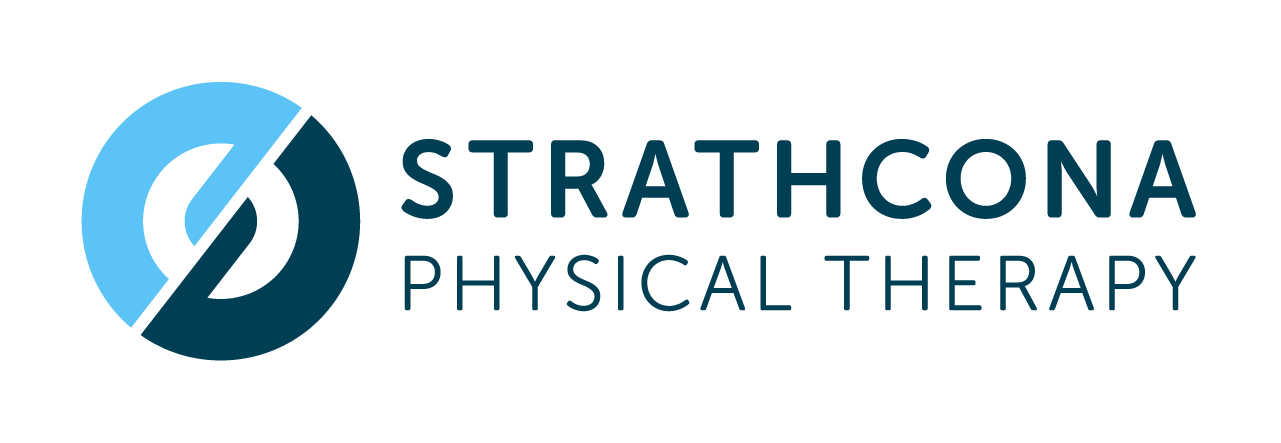The Connection Between Pelvic Floor Health and Back Pain
If you're dealing with chronic back pain, you may not think about your pelvic floor as a potential contributor—but the two are closely connected. Your pelvic floor muscles, which support the bladder, bowel, and reproductive organs, also work in concert with your core muscles, including those in your back. When there’s an imbalance in the pelvic floor—whether it’s weakness or overactivity—it can affect your posture, movement, and stability, leading to or exacerbating chronic back pain.
This blog post explores how pelvic floor dysfunction can contribute to back pain and how pelvic floor physiotherapy can provide relief by addressing both issues simultaneously.
How Pelvic Floor Dysfunction Leads to Back Pain
The pelvic floor is an integral part of your core muscle group, which includes your diaphragm, abdominal muscles, and muscles along the spine. These muscles work together to maintain stability in the trunk and pelvis. If there is a dysfunction in the pelvic floor, it can affect the body’s biomechanics, leading to postural changes and added stress on the lower back.
Weak Pelvic Floor
A weak pelvic floor may result in a lack of support for your pelvic organs and an inability to stabilize your core effectively. When your pelvic floor isn’t functioning well, your body compensates by overusing other muscles—like those in your lower back—to maintain stability. This overuse leads to muscle imbalances and can cause chronic lower back pain.
Overactive Pelvic Floor
On the other hand, an overactive pelvic floor—where the muscles are too tight and unable to relax properly—can also create issues. A hypertonic pelvic floor can lead to muscle tension in the lower back as the body tries to maintain balance. Tight muscles in the pelvic region can pull on other muscles, creating discomfort in the sacroiliac joint and lower spine. This type of dysfunction often leads to referred pain, where the discomfort felt in the back originates from the pelvic floor.
Pelvic Floor Physiotherapy: A Dual Approach to Back Pain
Pelvic floor physiotherapy addresses the root causes of pelvic floor dysfunction, providing relief for both the pelvic region and the lower back. Here's how:
1. Assessment and Diagnosis
A pelvic floor physiotherapist first assesses the function of your pelvic floor muscles to determine whether they are underactive (weak) or overactive (tight). This assessment may include manual exams, postural assessments, and an evaluation of your movement patterns to identify how pelvic floor issues are contributing to your back pain.
2. Strengthening Exercises
If your pelvic floor muscles are weak, specific exercises are prescribed to help strengthen them. These exercises, such as Kegels, aim to restore strength to the pelvic muscles, which in turn improves core stability. Strengthening the pelvic floor helps reduce reliance on the lower back muscles, relieving chronic back pain over time.
3. Relaxation and Stretching
For those with an overactive pelvic floor, physiotherapy focuses on relaxation techniques to release tension. This may include deep breathing exercises, stretching, and manual therapy. Relaxing the pelvic floor muscles can alleviate strain on the lower back and reduce referred pain.
4. Posture and Alignment
Pelvic floor physiotherapy often involves postural retraining to correct any misalignments in the spine and pelvis. By improving posture and alignment, physiotherapy can alleviate pressure on the lower back and prevent future episodes of pain.
5. Holistic Core Strengthening
Your physiotherapist may also introduce exercises that strengthen not just your pelvic floor, but your entire core, including your abdominals and back muscles. This holistic approach ensures that all the muscles involved in supporting your posture and movement work together efficiently, reducing the risk of both pelvic floor and back pain.
Evidence Supporting Pelvic Floor Physiotherapy for Back Pain
Research has consistently shown that pelvic floor physiotherapy is an effective treatment for individuals with pelvic floor dysfunction and lower back pain. A 2018 study published in the Journal of Bodywork and Movement Therapies found that strengthening pelvic floor muscles significantly reduced chronic back pain in participants . Another study in Physical Therapy Journal demonstrated the benefits of pelvic floor therapy in relieving both musculoskeletal pain and improving core stability .
These studies highlight the importance of addressing pelvic floor health when treating chronic back pain, especially for those with underlying pelvic dysfunction.
Conclusion
If you suffer from chronic back pain, it may be worth considering whether pelvic floor dysfunction is playing a role. By targeting both the pelvic floor and core muscles, pelvic floor physiotherapy can help improve your posture, alleviate pain, and restore balance to your body. Always consult with a trained pelvic floor physiotherapist who can tailor a treatment plan specific to your needs.
Sources:
Ferreira, P., et al. (2018). "Pelvic floor muscle training for women with urinary incontinence and pelvic floor dysfunction." Journal of Bodywork and Movement Therapies.
Smith, M., et al. (2017). "Core strength and pelvic floor therapy for musculoskeletal pain." Physical Therapy Journal.
